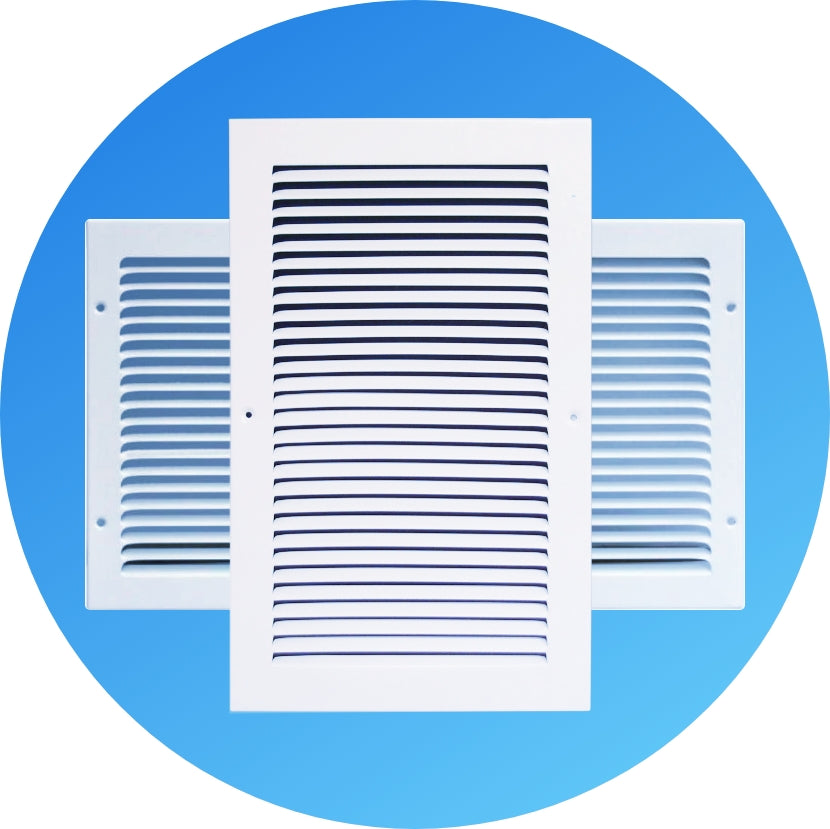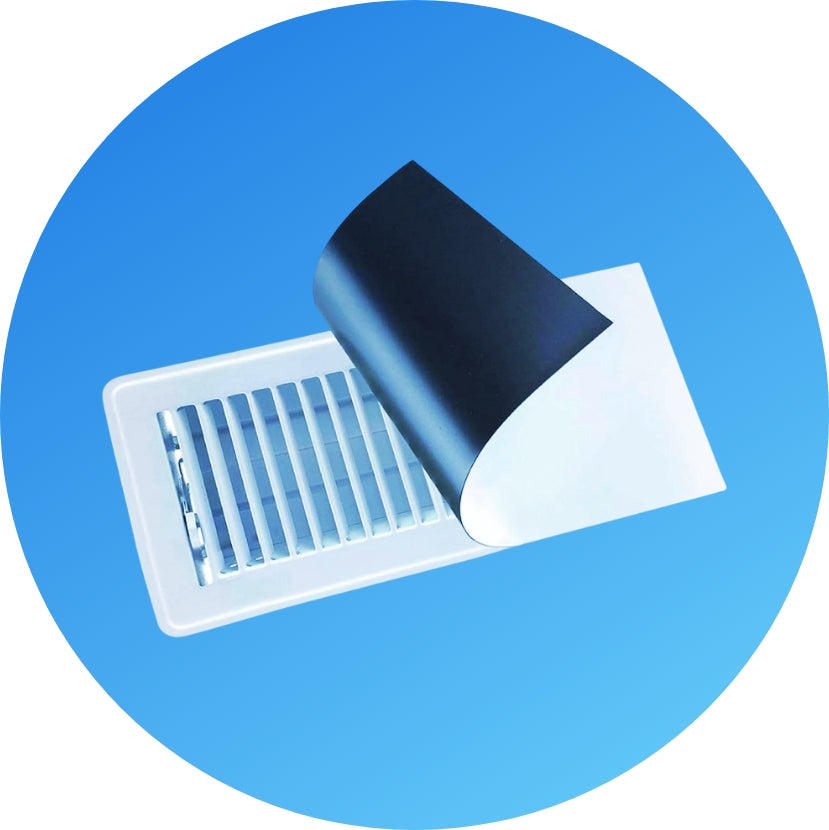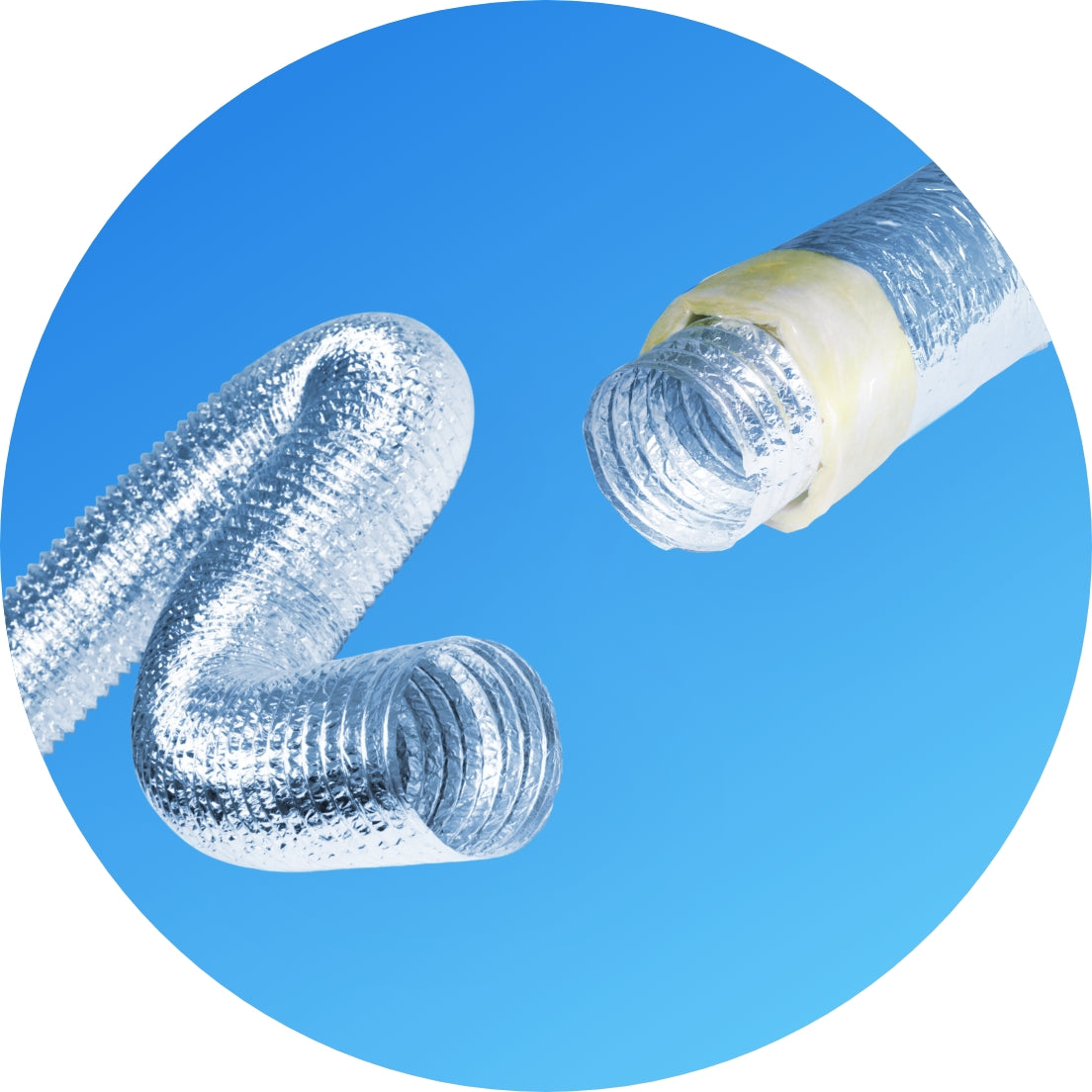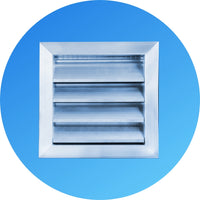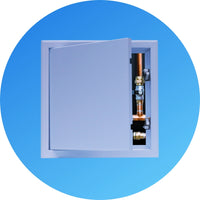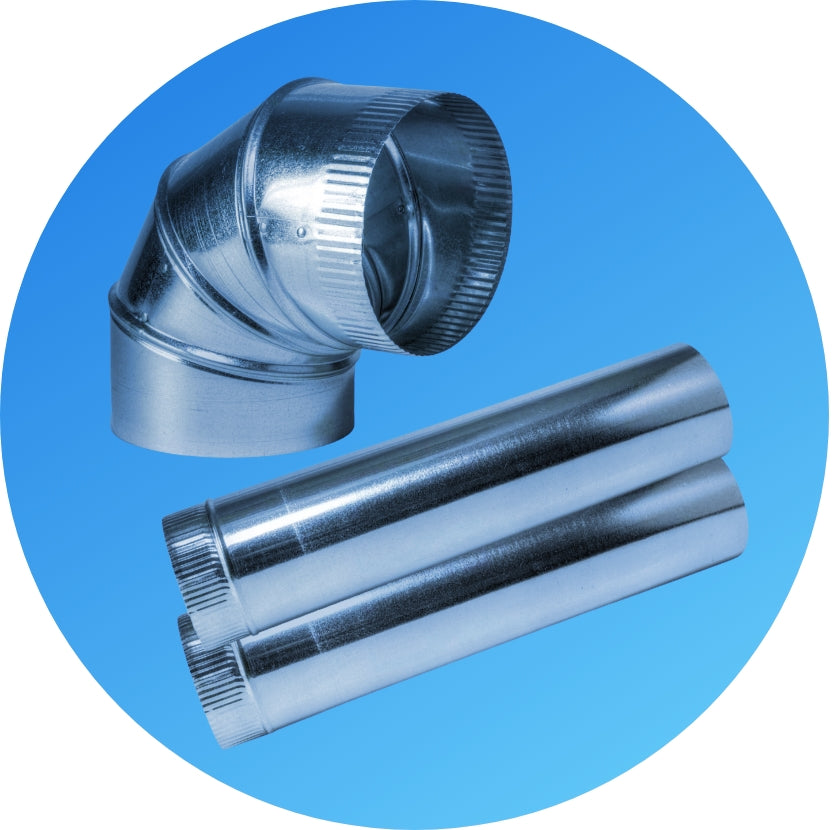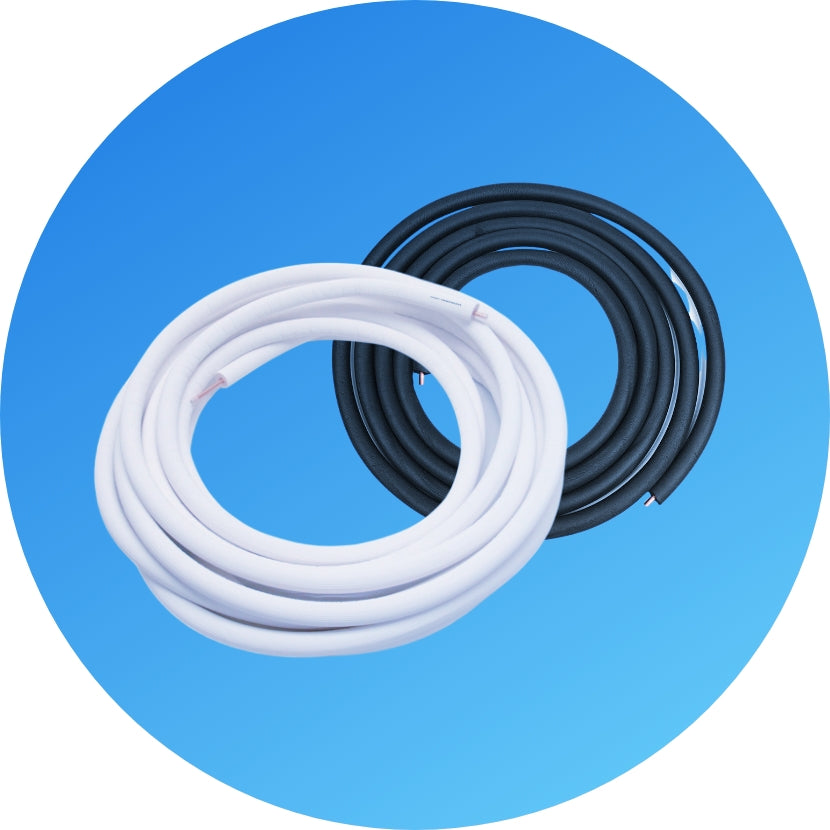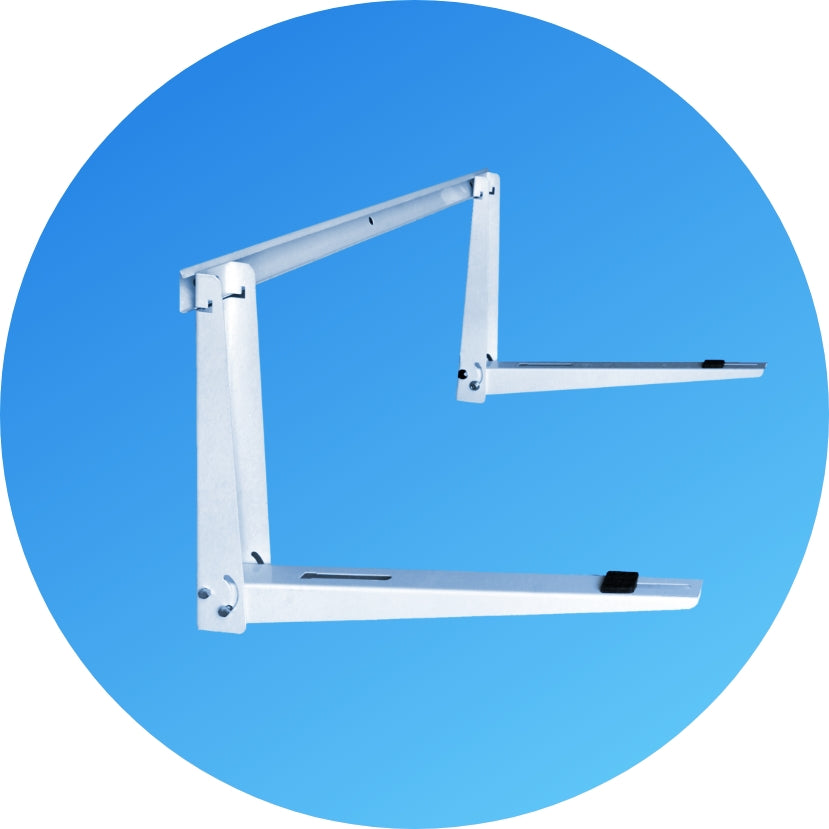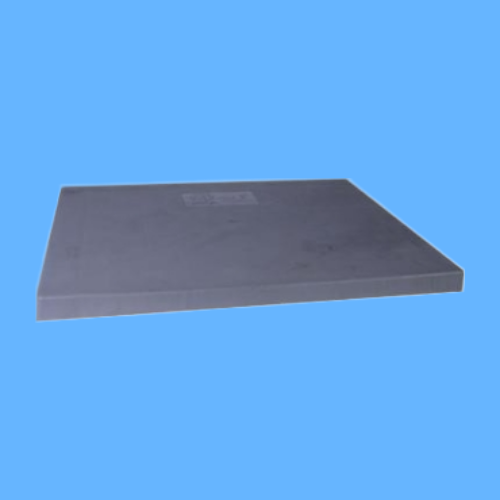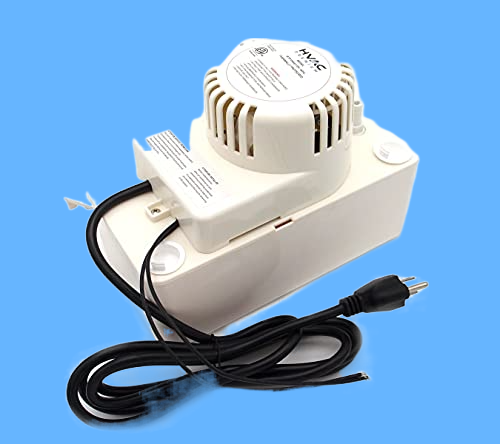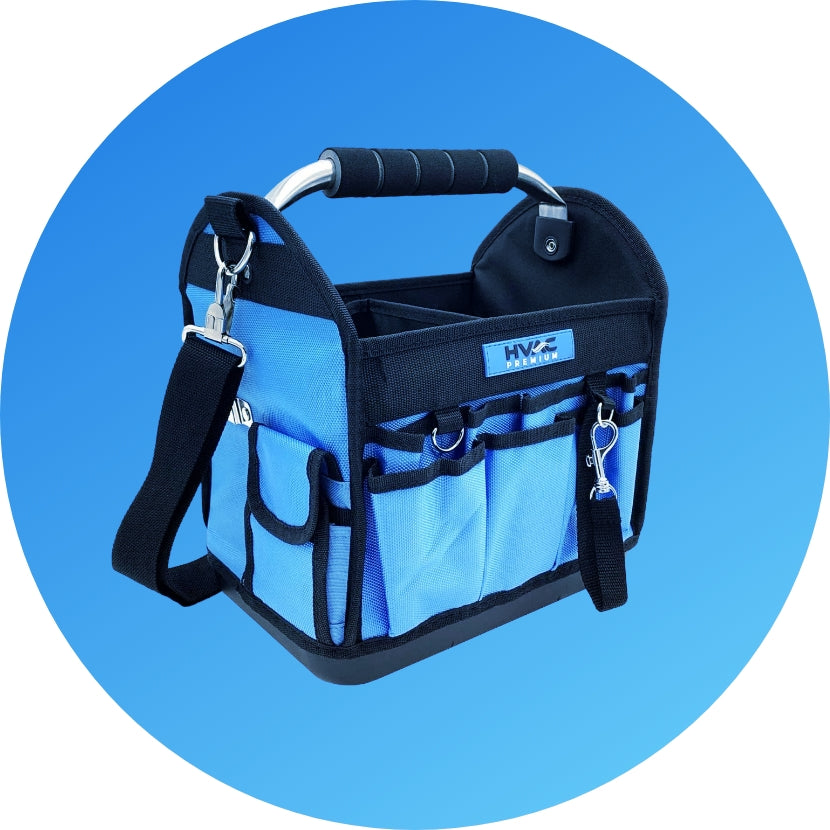As of 2021, almost half of all homes in the U.S. use natural gas for heating. If your home is one of them, saving money on heating costs and conserving fuel is likely top-of-mind as winter approaches each year. To improve the efficiency of your furnace and extend its longevity, there are steps you can take to maintain it each year before winter begins.
Following an annual maintenance schedule will have your furnace pumping out more heat while using less fuel. Giving it a little attention each winter will also reduce the risk of it malfunctioning. The last thing you want is for your heating system to conk out in the middle of the cold season, and have to shell out hundreds of dollars to repair issues that could have been prevented.
Here are some tips for maintaining your forced-air system heated by a natural gas furnace. You can also go through this checklist to figure out what to inspect, should you find your system isn’t working properly. Of course, you shouldn’t try and do complicated repairs on your own - if you’ve gone through this list and your furnace still isn’t working, call a professional. You should also get your furnace inspected by a professional every three years, at an absolute minimum.
Get a programmable thermostat and check its batteries
The best, and probably easiest, way to save on heating costs and maximize your furnace’s efficiency is to install a programmable thermostat. This type of thermostat allows you to set your home’s temperature for different times of the day in advance, meaning you won’t accidentally leave your heat running at full blast while you’re at work all day. While upgrading your thermostat is only a one-time thing, and isn’t technically a yearly maintenance task, it will certainly save you money in the long term.
In order to maintain your thermostat, be sure to replace its batteries every year. If your system suddenly stops working sometime over the winter, the first thing you should consider is whether you remembered to put fresh batteries in your thermostat. Sometimes, getting your heat running again is as simple as switching out a couple of AAs.
Inspect and clean the burners
Now let’s head inside the furnace’s combustion chamber. The process you’ll have to go through to unveil your furnace’s burners will depend on the model of furnace you have. We highly suggest taking a close look at your owner’s manual before you attempt anything discussed below. The manual will help you understand the inner workings of your furnace, as well as provide advice on how to clean your particular burners.
The following process will work for most setups, but if the manual gives you a specific way to clean your burners that is different from what is stated here, defer to that. And if you feel that your burners need a good cleaning but you’re uncomfortable proceeding with these steps, just play it safe and call a professional.
Before you open up the combustion chamber door, turn off the power to the furnace. There should be an ON/OFF switch located next to, or attached to the side of, the furnace. It’s also a good idea to shut off the gas supply. This is usually accomplished by giving the shutoff valve one quarter-turn.
Some burners are easier to get to than others. Within the combustion chamber, there may be a burner cover concealing the burners, which is normally secured with two to four screws. Remove that to get a clear view of your burners. Then, switch the power and gas supply to the furnace back on. The goal here is to observe the color and quality of the flames on the burners. If the flames don’t ignite right away, turn up your thermostat.
The flames should be blue and fairly even. If they’re more of a yellow color, this means they’re dirty. And if they sputter or there is a delay before they ignite, this indicates they could be partially blocked by dirt, soot, or debris from the air, or misaligned.
If you find your flames are looking weak or dirty, here’s a simple way to clean them. Before you start, be sure to turn off the power and gas supply to the furnace. Then, using a vacuum with a soft-bristled brush or wand attachment, carefully vacuum the burners. Do your best to reach the back, but take care not to force the vacuum into crannies it won’t fit into.
If your burners are exceptionally dirty, cleaning them will necessitate removing the burners. This is a more complex task, because it will require detaching wires and partially disassembling your furnace. We recommend calling a professional for very dirty or completely clogged burners that you can’t reach with a vacuum.
Change the filters
Not only are dirty filters gross and a major cause of decreased heating efficiency, but a very dirty filter can cause your whole heating system to overheat and stop working completely. Filters should be changed on a monthly basis. Your furnace’s manual will help you figure out the right type and MERV rating your furnace’s filter needs. Don’t pick a filter with a higher efficiency than your system can handle.
Make sure your furnace is off before attempting to change the filter. The process of changing it should be fairly straightforward once you locate the service panel, which should be near the intake/outtake blower fan. Just pull out the old filter and slide the new one in; that’s pretty much all there is to it!
These maintenance tips, when performed annually, can help you save on heating costs. Yearly maintenance also helps prevent costly repairs down the line and extends your system’s longevity. Use these tips as preventative measures as well as a troubleshooting guide should your system lose efficiency or stop working. And remember, if you find your system is still out of commission after following these steps, call a professional.
For more ways to save money on heating this winter, check out our blog post on HVAC winter tips.


